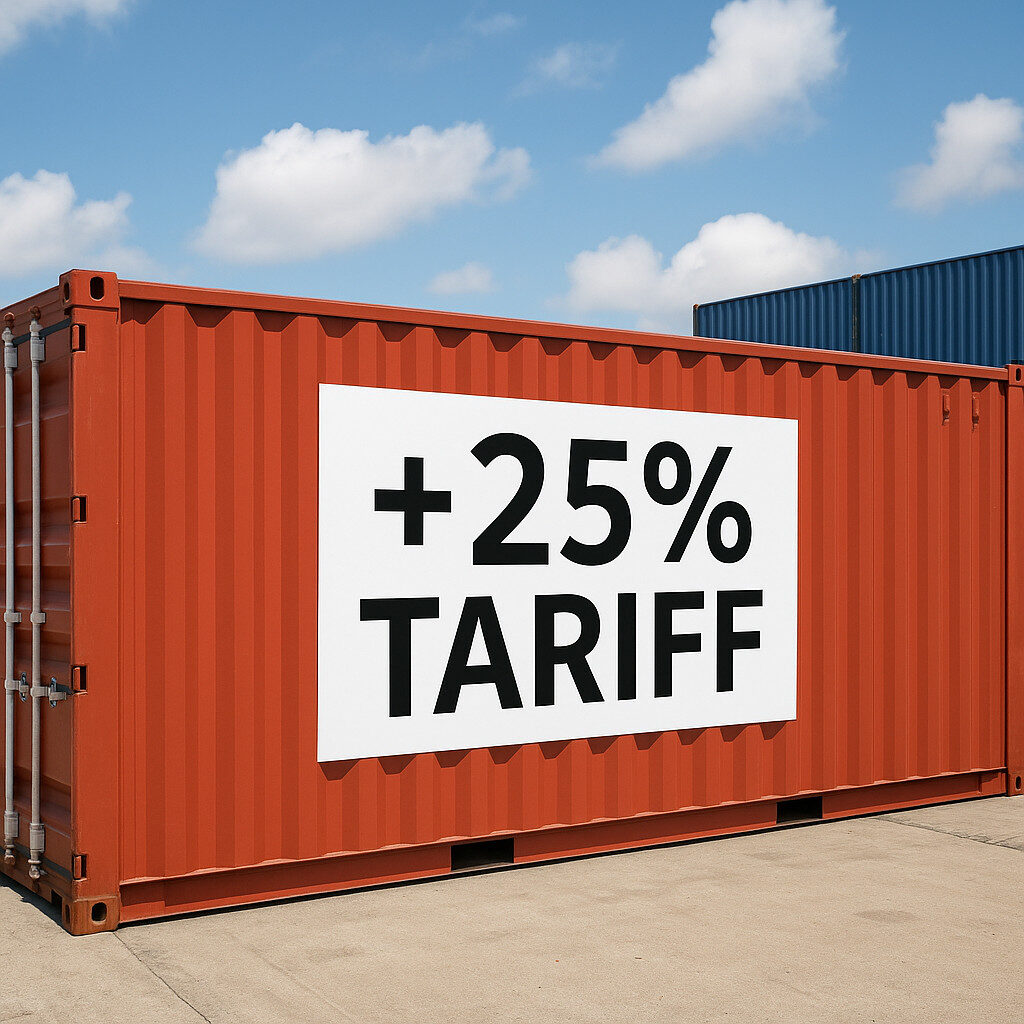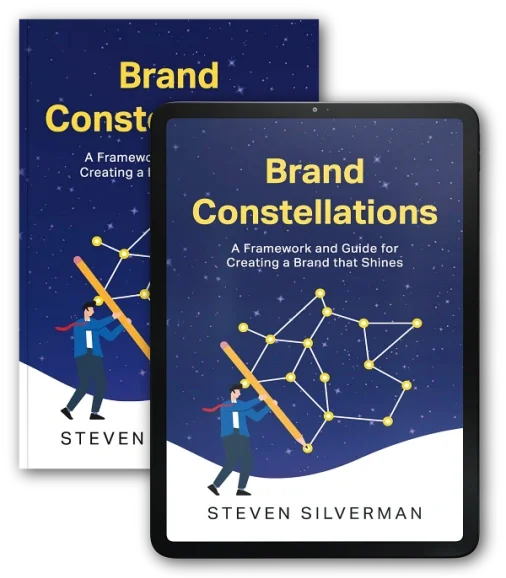
Branding Implications of Tariffs
Tariffs—especially when newly introduced—don’t just affect trade. They ripple across branding decisions and customer perceptions. Using the Brand Constellations Framework (Product, Placement, Price, Promotion, Category, Competitors, Company, Customers), we can uncover how tariffs reshape brand strategy and what companies must do to maintain brand clarity and alignment.
1. Product
Implications: Tariffs often increase costs of raw materials or components, which may:
- Force substitutions that change product quality or features.
- Require shifts to new suppliers that disrupt continuity.
Brand Risk: Customers notice when the product feels different or diminished—especially if you don’t explain why.
Brand Move: Use this as a moment to reframe the product narrative. Highlight quality, sourcing transparency, or resilience.
2. Placement
Implications: Tariffs can strain distribution strategies by:
- Increasing costs to move goods across borders.
- Delaying access to international markets.
Brand Risk: Gaps in placement create friction for customers, especially when expectations aren’t reset.
Brand Move: Shift messaging to emphasize domestic availability or direct-to-consumer options. Communicate clearly about changes in access.
3. Price
Implications: Cost increases from tariffs may force:
- Higher prices to preserve margins.
- A squeeze on pricing flexibility in competitive markets.
Brand Risk: Without strategic framing, price hikes can feel arbitrary or opportunistic.
Brand Move: Reinforce the value story. If the price must go up, so must clarity around what the customer is paying for (e.g., durability, ethics, supply resilience).
4. Promotion
Implications: Marketing must now:
- Explain changes (in product, price, or availability) clearly.
- Potentially shift tone toward themes like resilience, independence, or support for domestic supply chains.
Brand Risk: Silence, vagueness, or tone-deaf messaging will damage trust.
Brand Move: Be transparent. Use this moment to communicate brand values—especially around supply ethics, sustainability, or national loyalty if relevant.
5. Category
Implications: Tariffs may push your brand into a new category context:
- Formerly “value” brands may now feel premium-priced.
- Domestic brands may redefine the “authentic” or “trusted” tier.
Brand Risk: Customers re-categorize your brand before you do, leading to confusion or rejection.
Brand Move: Take control of the category narrative. Redefine what “value,” “premium,” or “trusted” means in this new context.
6. Competitors
Implications: Some rivals may benefit:
- Domestic competitors avoid cost increases.
- Agile brands may pivot sourcing faster.
Brand Risk: Falling behind creates perception of weakness or indecision.
Brand Move: Differentiate on stability, trust, or innovation—not just cost. Promote what you’ve done proactively, not reactively.
7. Company
Implications: Tariffs challenge leadership to:
- Make tough decisions on sourcing, hiring, pricing.
- Hold together internal brand understanding and purpose.
Brand Risk: Employees may feel disconnected if changes aren’t explained or aligned with mission.
Brand Move: Reaffirm the company’s brand promise internally. Use purpose and principles as a compass for adapting externally.
8. Customers
Implications: Customer reactions will vary:
- Some may support domestic-first changes.
- Others will resist higher prices or availability issues.
Brand Risk: Failing to anticipate shifts in customer expectations can erode loyalty.
Brand Move: Use direct communication, listening, and education to reinforce brand trust. Elevate customer-centric clarity over defensive explanations.
Keep Your Brand Aligned
Tariffs stress-test your brand’s alignment.
They force companies to make visible trade-offs—on price, product, promotion, and placement—that customers will notice.
Using the Brand Constellations Framework, brands can navigate this change with strategic coordination across all dimensions. The goal isn’t just to react. It’s to align—and reassert a brand identity that is clear, consistent, and resilient.
If you align the constellation, you can turn confusion into clarity—and disruption into differentiation.



